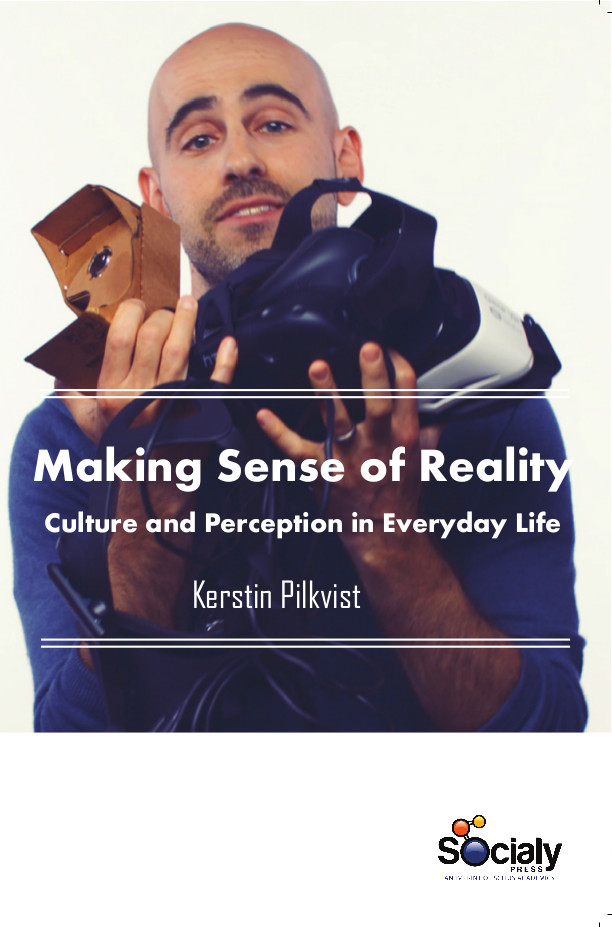Realistic’ is a term of everyday use and a word that non-academics use frequently and unguardedly in talking about pictures. Roughly, it can be taken to mean that the depiction is like the real thing of which it is a depiction; more specifically that the depiction is like the real thing with respect to its visual character. When we examine the world of sentient beings, some portions of it are certainly thought to be governed by `necessity’. There are, to begin with, the effects of the interplay of human beings with nature — their own bodies and what is external to them. Our personal perceptions of the world influence us on many levels. Our perceptions mandate our expectations, thoughts, emotional reactions, and even the physical terrain of our nervous system. Our perceptions therefore shape the person we are when are alone and with a group. It includes what comes to your mind when you see a tree; the thoughts that manifest when thinking about Africa; the emotions that unfold when confronted with new ideas, and so on. You understand the world through your perceptions of it. The way your world view, reality tunnel, mental filter, or perception is constructed has been theorized on for years, and it is closely related to the nature. Of course there are many things that influence the way you see and feel the world.
Making Sense of Reality: Culture and Perception in Everyday Life examines the practices that illuminate reality as always ‘virtually real’, that is simplified and artfully produced. It also shows how the sense of reality that we make is however real in its consequences. Behind all these behaviors and mindsets are value systems. When people adopt and believe things without bringing a conscious mind to the subject, they give up their individuality. They let others do their own thinking for them, and in the case of culture, essentially adopt a kind of religion. Making Sense of Reality offers students and educators a guide to analyzing social life.









